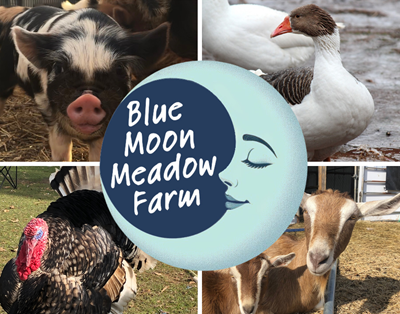
I noticed that pork in the grocery store had been getting leaner and less tender over the decades since I was a kid. I had grown up with pork and thought the flavor change was due to some secret my German mother had with handling the meat, I later learned that when animal fats were deemed BAD back in my youth and lard, once a widely used cooking fat fell out of favor and replaced with so-called healthier hydrogenated seed oils, the pork industry responded by breeding leaner and leaner pigs. In fact, the drug ractopamine is commonly used in the US commercial pig industry (and is approved for use in beef cattle and turkeys) in order to improve growth rates and increase leanness. Interestingly enough, this feed additive has been banned for use in meat animals in over 150 countries (including the EU.)
I had pretty much given up on lean, flavorless pork until we discovered KuneKune pigs, a heritage breed from New Zealand that happens to be the smallest meat breed, generally topping out at about 200-300 lbs. We purchased a few to feed off excess milk and whey from cheesemaking and excess poultry eggs, but their meat became the star of our kitchen. This breed is known for rich, red, well marbled meat and plenty of lard for cooking/baking/sausage making, soap and skin care product making. The meat doesn’t taste anything like store-bought pork, and to me is closer to beef in flavor profile. In fact, I use it in place of beef.
We feed most of our animals a non soy or corn diet that is based on peanuts and Milo, and is milled in Muenster, TX. These pigs don’t grow fast, and are processed at between 12-18 months versus the 5-8 months for commercial pigs. Although some may argue the meat of older animals isn’t as tender as younger, there is no arguing that the extra time allows for flavor to develop, which is one reason commercially raised pork is so bland.
So there it is. We raise our own pork because we know exactly what it is fed, how the animals are treated and that the pigs get plenty of sunshine and room to roam.
